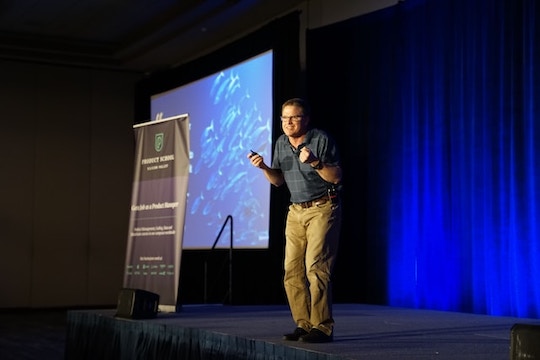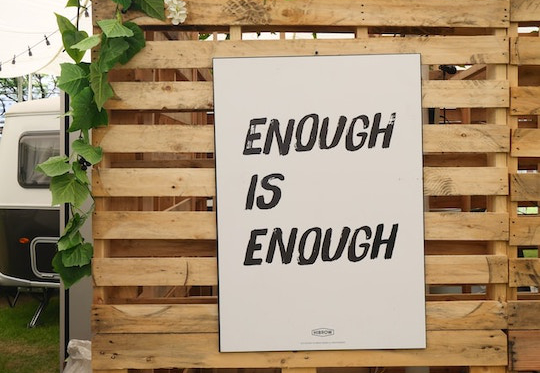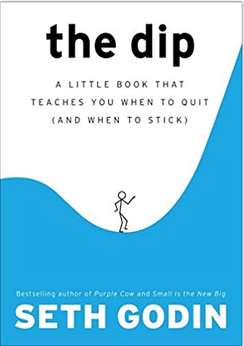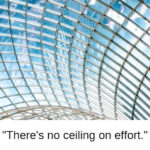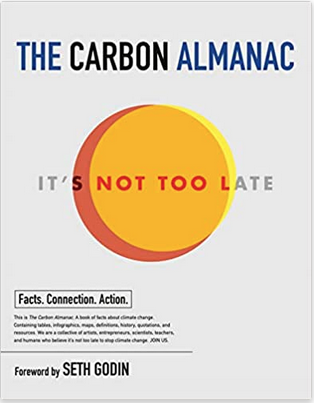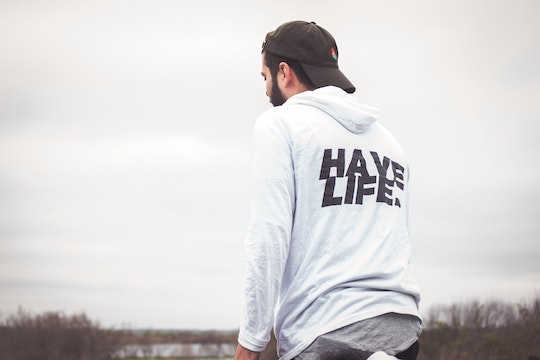“Discover the right balance between effort and ease.”
—Author Unknown
Create a list of your favorite sports. Do you or have you played any of those mentioned here? Consider what it takes to perform optimally in each of them.
| Baseball | Bowling | Cricket | Football |
| Golf | Gymnastics | Hockey | Rugby |
| Soccer | Shuffleboard | Swimming | Tennis |
To what degree do you see the dance between effort and ease in these and other sports?
How are each of these qualities essential to play at a masterful level?
EXERCISE:
Where in your life is there too much effort or ease being applied?
How can you re-balance these qualities to perform even better moving forward?


